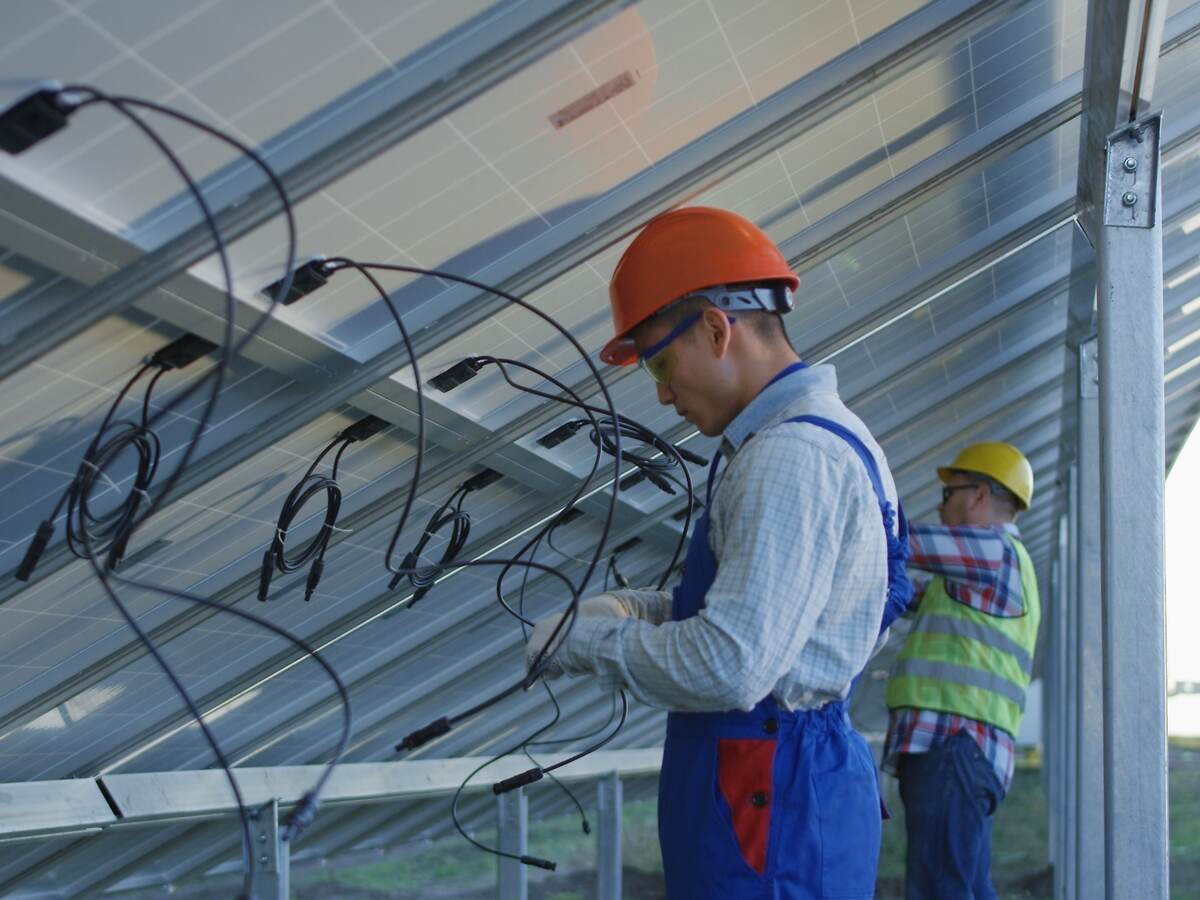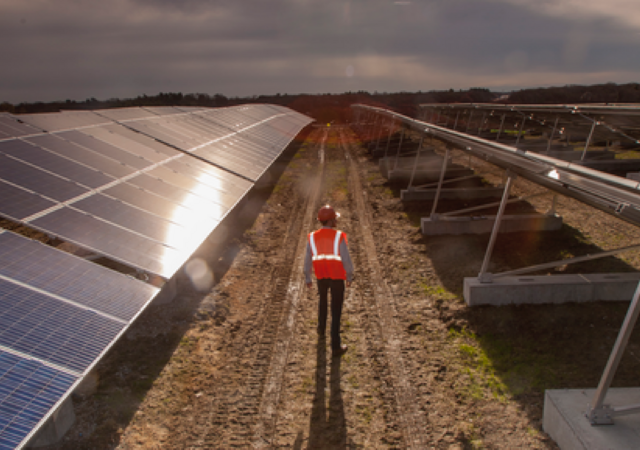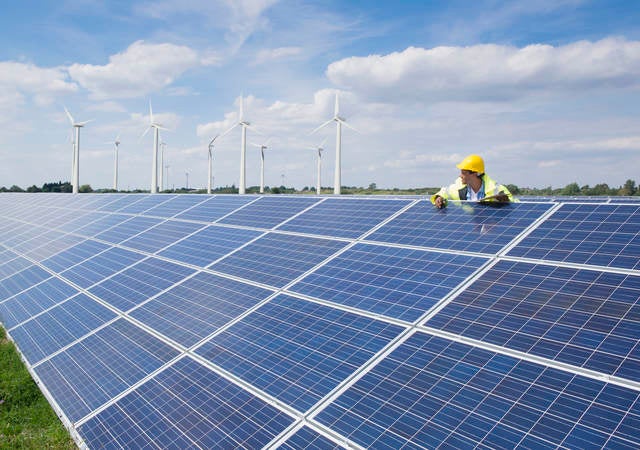Renewable energy sources, whether bioenergy, geothermal energy, hydropower, solar and wind power, continue to expand their roles in the electricity generation mix, contributing 27% of the world’s total energy. Solar — also called photovoltaic (PV) — energy, accounts for just 4% of global electric power generation, but it has a long-term growth trend of approximately 50% per annum. As a matter of fact, as of 2021, the Asia Pacific region had the largest installed PV energy capacity. Solar energy is also the technology that can be most rapidly implemented, in just one to four years. While solar energy production is a clean and faster operating option, it comes with certain challenges.
Generation capacity
Solar energy is limited by the amount of available sunlight — production depends on the time of day, the season and local weather patterns. This leads to a generation capacity factor (the ability of a generation resource to maintain a reliable system and meet demand) of just about 25% compared to natural gas and nuclear power, which operate more efficiently with generation capacity ranges of 50%-90%.
Equipment
Solar energy production requires a lot of equipment and space, so the first challenge is reducing the environmental impact of manufacturing all the necessary parts. Those parts can also be very expensive, resulting in high upfront costs — particularly for the vast amounts of grid connections and energy storage needed by PV.
Cables and connectors
PV cables and connectors play an important role in the solar energy process. They provide the infrastructure that both links and transmits electric power from module to string to array. Numerous PV cables and connectors are used in solar farms, which, like agricultural farms, require a lot of space — approximately 2.5 km2 per 100 megawatts (MW). Most United States utility-scale PV power plants are 5 MW or smaller, but increasing efficiency and design methods are leading to larger and larger farms. PV cables and connectors are improving in efficiency and design, decreasing the cable used per MW, but solar farms still need them in large quantities. A typical 100 MW farm may have 700 km or more of cable and well over 100,000 connectors.
Factors and opportunities
It is an exciting time for PV cable and connector manufacturers. Demand and improving technology create unique but opportunistic challenges. For example:
- Solar farms are getting bigger – Installations continue to grow, with the largest farms producing more than 2 gigawatts (GW), vastly increasing the need for cables and connectors.
- Connectors – Connector performance continues to improve, with further opportunities in the areas of interoperability, ease of installation and preparation tooling.
- Building Integrated PV (BIPV) – PV receptors designed into the outer surfaces of buildings require cables with modified (possibly increased) flammability ratings.
- Floating applications – PV farms spanning bodies of water reduce land use, improve module efficiency and conserve water. Cables and connectors on floating applications, however, require increased resistance to water — and even types of water: fresh, salt or contaminated.
- Longevity and quality – As PV applications become more challenging and account for an increasing portion of the generation mix, the performance of cables and connectors must keep up with the evolving needs of the end user.
PV cables and connectors are an integral part of renewable energy infrastructure, but manufacturers will need to match increasing expectations and capabilities as well as new and evolving regulatory requirements.
Sources
- “bp Statistical Review of World Energy - 2022” 71st ed.
- “Energy Technology Perspectives 2023”; IEA
- Energy.gov – “Generation Capacity Factors”
Get connected with our sales team
Thanks for your interest in our products and services. Let's collect some information so we can connect you with the right person.



